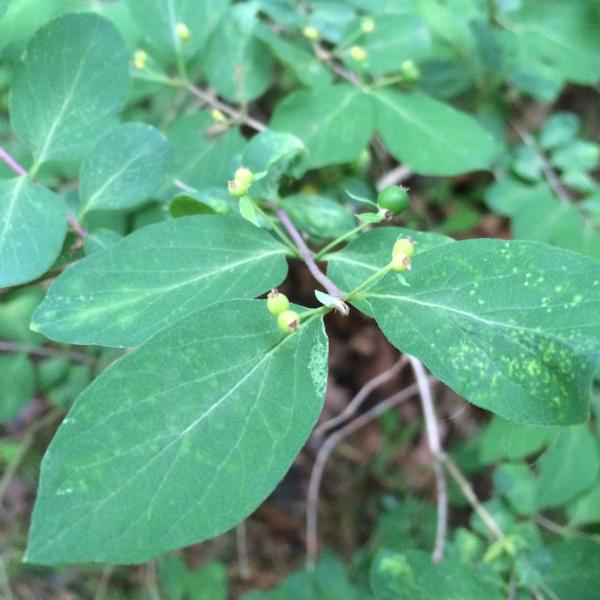
News Source
"New York State recently completed its second Invasive Species Awareness Week. The effort to expand awareness about the spread and prevention of invasive species is patterned on an effort that began in the Adirondacks.
Invasive species are non-native plants and aquatics that move into an ecosystem, displacing native species because there are no native predators. Among the priority invasive species New York lists are terrestrial plants like giant hogweed, Japanese knotweed, wild parsnip and kudzu; and aquatic invasives including hydrilla, water chestnut, Asian clam, and spiny waterflea. The state also has found invasive parasites like late blight affecting agriculture.
Five years ago the Adirondack Park Invasive Plant Program began an invasive species awareness week. This is the second year since expanding statewide. APIPP Seasonal Educator Jane Raffaldi notes there were a variety of events to raise awareness from boat launch stewards discussing clean, drain and dry to garden experts describing terrestrial invasives. “We had an invasive species challenge for kids at the Wild Center to reach a young audience, to some back-country waters monitoring training and we even had gardening and landscaping with native and non-invasive plant alternatives. That was probably the biggest event that we held. We had some local experts who were presenting on the threats of invasive species, talking about some of the new regulations for nurseries and selling invasives. So a wide variety of events catering to a variety of crowds to get people really aware of invasive species.”
Lake George officials have been working to eradicate infestations of Asian clam in the waters of that Adirondack lake. Lake George Waterkeeper Chris Navitsky says their outreach efforts for mandatory boat inspections and subsequent regional prevention program have been a substantial step forward. Navitsky says an education week is beneficial to the general public. “The general population remains I think in need of education probably more on the identification, a lot of the species, and also the information on how they can be transported and how you can be proactive to prevent that transport. The simple measures of clean drain and dried and take those preventive measures when you move from water body to water body. The boaters and the recreational users have received that information but the general public really has not so I think it’s that type of information that’s very beneficial for them.”
Lake Champlain Basin Program Technical Coordinator Eric Howe says Invasive Species Awareness Week is effective in focusing resources on a major threat to the watershed. “Most species that are considered to be invasive cause either ecological harm or economic harm or they can be considered to be a threat to public health or all three. The biggest thing with invasive species is to keep them from getting here. It’s all about making people aware of what an invasive species is, what it can do and how you can not contribute to the problem and help solve the problem. In the context of an aquatic invasive species the general motto is to clean drain and dry your boat, trailer and gear before moving from one lake to another. That’s very important now in Lake Champlain with spiny water flea and other species that are here. Lake Champlain is now a very large source of spiny water flea to many other water bodies in the region as well as in New York and Vermont and up in Quebec.”
According to the Adirondack Park Invasive Plant Program, the majority of terrestrial infestations in the Adirondacks cover less than a tenth of an acre."
Article Credit: Pat Bradley, WAMC
Photo Credit: E. Spinney "Honeysuckle"